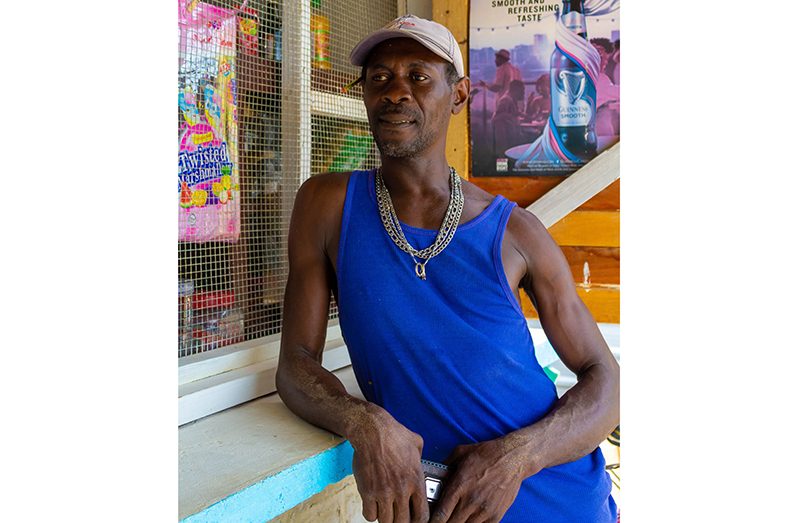From a ghost town to a captivating community
JUST past the Berbice River Bridge, the community of Fort Ordinance makes its presence known with its colourful array of homes to the south. The village is home to a diverse mix of people with deep cultural roots. According to certain historical records, the residential area was developed on what was once Dutch territory and carried the original name of Ordinance Fort Lands. Most of the community’s population are professionals who venture to nearby New Amsterdam and Canje for work. Fort Ordinance is a quiet village where the people have big dreams for their village and even bigger admiration for each other.
Fort Ordinance through the years
Motisa Robertson has called Fort Ordinance home for more than a decade and a half. “I have been living in Fort Ordinance for over 15 years,” he told the Pepperpot Magazine. Motisa was among the residents who began life in Fort Ordinance. Today, the village is a prime example of a ‘family community’ with its light, breezy, and easy-going atmosphere. According to Motisa, however, some fifteen years ago, the community had its fair share of issues. “When I came here, they had no road. Mine was the only house, the second house on this one side. They had no more houses,” he said.
For Motisa, his home in Fort Ordinance was the first house he could call his own. Like so many people seeking to build themselves a life, Motisa faced adversities. As he explained, he fought to build a home for himself and his family in his early years. “I built a little house before this one here. It was half zinc sheet and half tarpaulin. And I lived in it, lived in it, and then I started doing it piece by piece.” Motisa is a firm believer in the notion that doing things little by little will make a big difference.

Throughout the years, the village has seen drastic development, which has drawn more people into the community. Today, Fort Ordinance boasts a population of several hundred persons strong. In years gone by, however, Motisa likened the community to a ghost town. He remembers the village to be more greenery than the community. Although he had his inhibitions about staying in the community, as the village developed, Motisa decided that he was going to stay. “It looked like a ghost town. Because they had no street, it was just a narrow place. Then, suddenly I see they started coming, and they started putting up a road, and I start trying to build up the place. So I say, okay, I will not move, and I stay right there,” he said.
The availability of work is a major talking point in the community and furthermore in the region. Motisa shares that small businesses and entrepreneurship are growing economic aspects in the community. Motisa builds speakers for a living, a trade he learned from working in Georgetown for several years. He admits that the work is not as constant as he would like. As he shared, “Well, it has come not too steady. Now and then, if somebody sees me and says, I need two speaker boxes or whatever it is, then I build it, or I go to other places and get other work.” Despite this, Motisa is happy working in and out of the community and is hopeful that the region’s new developments will bring work.

Youths in Fort Ordinance
Marcena Armogan spent most of her childhood along the Canje before she called Fort Ordinance home. The 21-year-old came to the community as a child when her parents brought the family. The family of ten children made the move to the community when Marcena was about twelve years old. As the fifth of ten, Marcena remembers how easy the support of her family made the move. As she stated, “We used to live together. The ones that are older don’t live with me anymore. My little brother is going to training school. It was nice. I feel like we didn’t have to get anybody to play, we could play and so among ourselves.”
She described Fort Ordinance as different from the home she knew. “It was new and it was different. There were a lot of trees, and when we came, we cut them down. It had the road, it wasn’t like this. It was like, actually, now that they built it, and so on, there were not much people in the village.” Marcena offers an interesting view of the community as one of the village’s young people. She stated that her biggest current contender is work. She admits that she was unsure about what she wanted to do for a long time. Several months ago, however, she began working at one of Fort Ordinance’s pharmacies, which has sparked her passion for the medical field. “I’m starting in the medical field. I kind of like it. It’s interesting. I learned a lot.”



.jpg)








